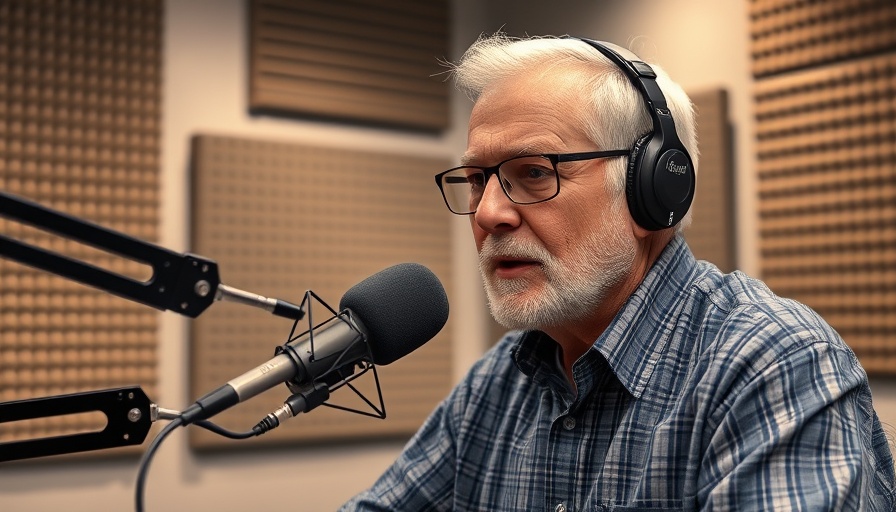
In the face of burgeoning distrust towards scientific institutions, the video titled Exposing Corruption In Medical Research featuring journalist Charles Piller shines a harsh light on the intricate relationship between science, corruption, and public trust. With the alarming rate of scientific misconduct being unveiled, particularly in Alzheimer's research, it’s a crucial moment to ponder how these issues affect our perceptions and understanding of health science.
In Exposing Corruption In Medical Research, the discussion dives into the trust crisis in scientific institutions, exploring key insights that sparked deeper analysis on our end.
Understanding the Trust Deficit in Science
The trust deficit between scientific communities and the public has widened significantly, especially in recent years. Social media amplifies radical opinions, often drowning out factual narratives. The video highlights Piller's frustration over the arrogant motto often employed by medical professionals: "Trust us, we're the experts." This mindset can backfire, making individuals skeptical when they see scientific inquiries shrouded in secrecy and scandal.
The Amyloid Hypothesis Under Scrutiny
Piller argues that the current understanding of Alzheimer's, particularly the amyloid hypothesis, might be deeply flawed. This hypothesis centers around amyloid proteins in the brain being a key culprit in Alzheimer’s. As it turns out, numerous studies supporting this theory are now being scrutinized for accuracy, with evidence surfaced that shows image manipulation and fraudulent data. This situation poses a significant challenge: If foundational research is compromised, how can we hope to build further knowledge?
Recognizing Systemic Issues
Corruption in medical research stems from systemic issues within the scientific community. Piller suggests that the publish-or-perish culture compels researchers to cut corners, incentivizing the publication of exciting findings over the rigorous testing of theories. This, combined with financial pressures from pharmaceutical companies vying for effective treatments, distorts the integrity of scientific research.
The Role of Transparency in Rebuilding Trust
One proposed remedy is enhancing transparency across scientific institutions. When research misconduct occurs, institutions often cover it up instead of addressing it openly. As Piller discussed, improving transparency, especially about mistakes, can help rebuild the trust that has been lost. Scientists admitting their errors could change public perception and foster a more collaborative atmosphere between researchers and the public they serve.
The Future of Scientific Integrity
Despite the concerns surrounding scientific practices, Piller remains hopeful about the future of Alzheimer's research and medical science generally. With advances in technology and a rising number of public citizen scientists willing to engage in research oversight, the ability to expose fraud is greater than ever. Additionally, many younger researchers focus on studying understudied areas, which may lead to new breakthroughs beyond traditional paradigms.
Ultimately, emails, sophisticated software tools, and an engaged public willing to question and analyze scientific reports can drive us toward a science that not only fosters progress but also restores faith in the research community.
The enlightening discussion between Piller and the host of the video illustrates a crucial turning point. If we wish to truly advance our scientific understanding, establishing a foundation of trust between researchers and the public, grounded in honesty and transparency, must be our priority.
 Add Row
Add Row  Add
Add 




 Add Row
Add Row  Add
Add 

Write A Comment